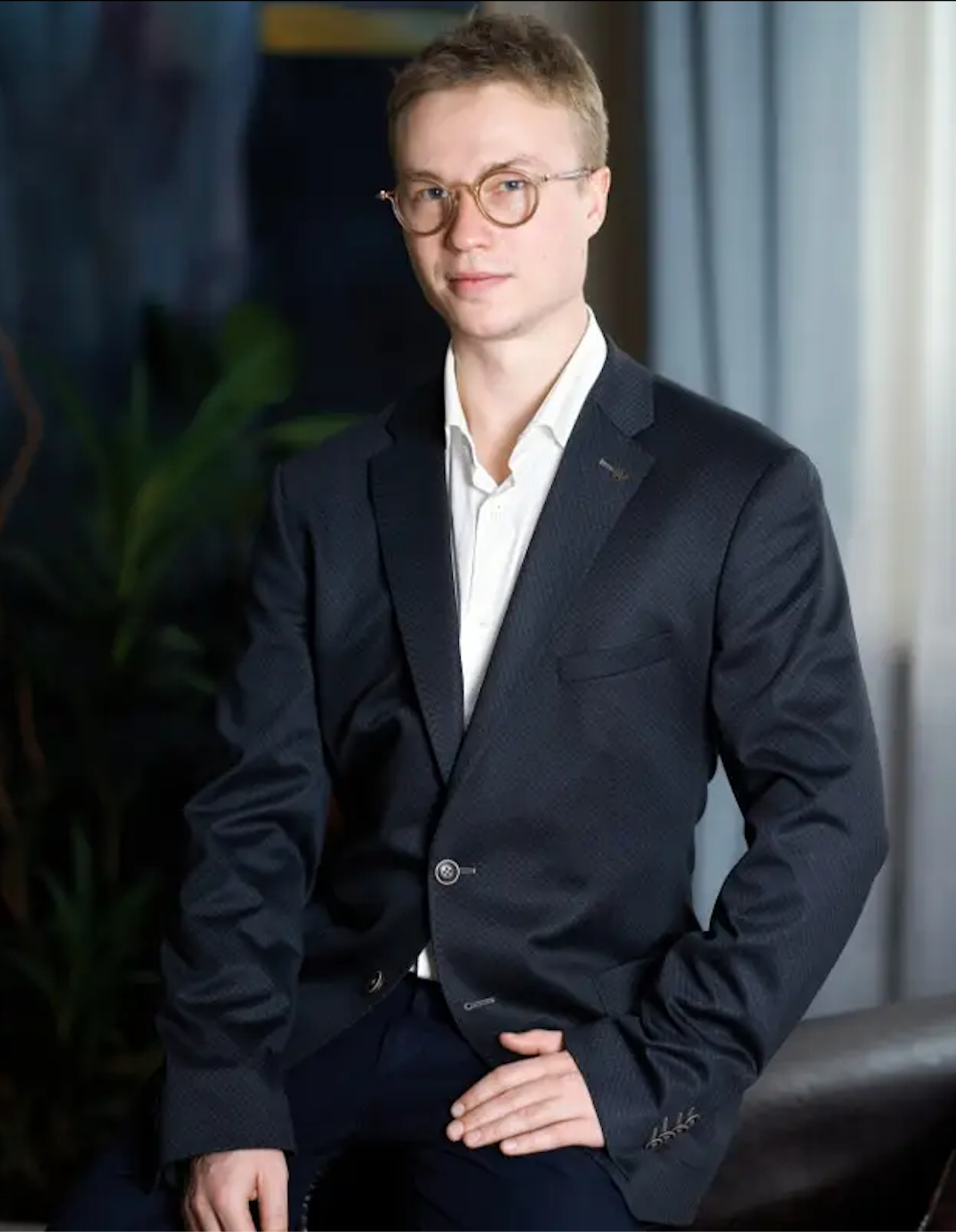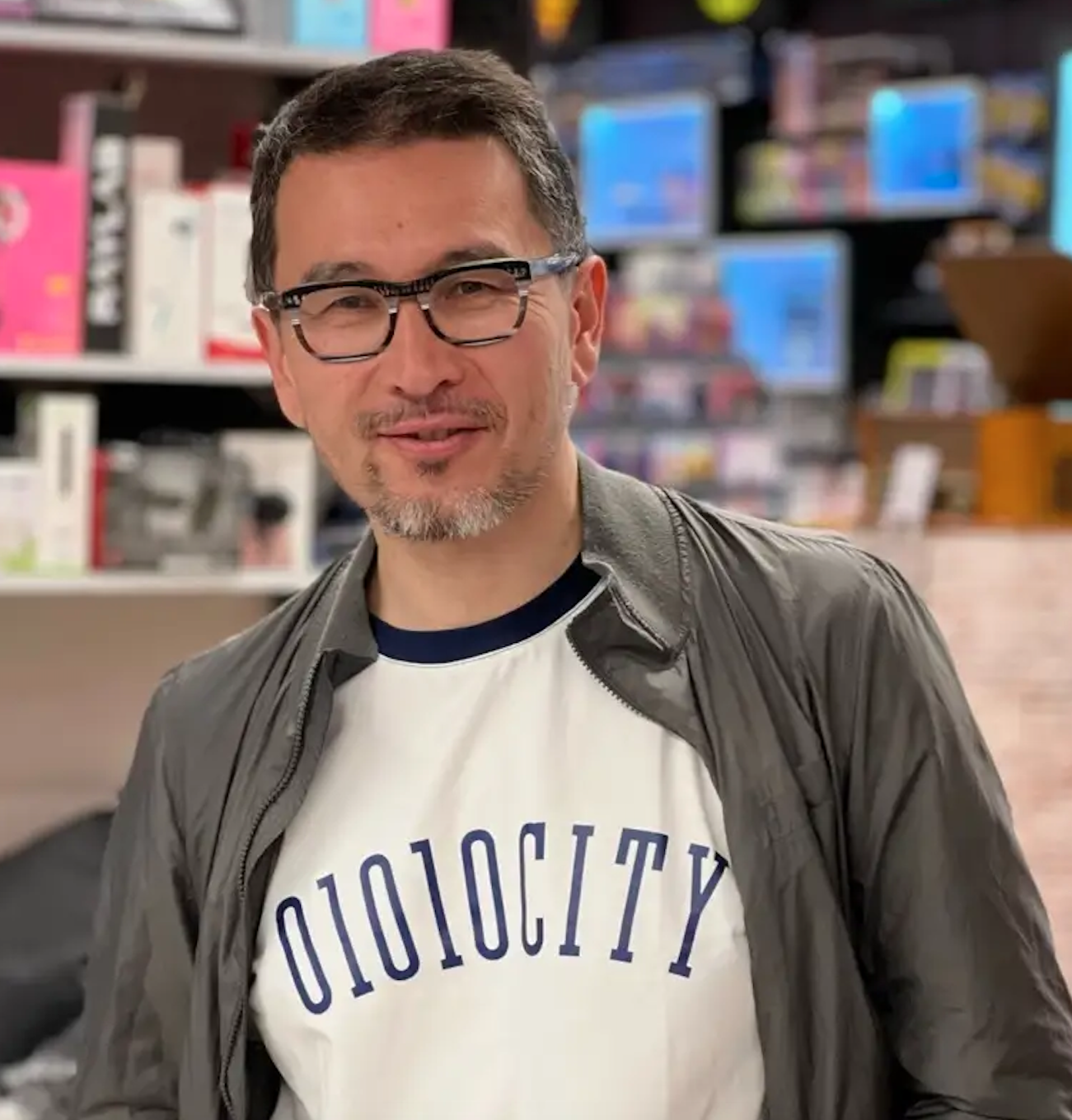ASTANA – The creative industry in Kazakhstan is rapidly growing, emerging as a significant sector of the economy. It includes areas such as film and television, music, design, visual arts, fashion, and advertising.

Photo credit: Adobe Stock.
State support measures
In his state-of-the-nation address on Sept. 1, President Kassym-Jomart Tokayev emphasized the importance of the creative production sector in the modern world, viewing it as a source for developing a truly inclusive economy. He highlighted that the creative economy plays a pivotal role in driving the development of major cities by attracting talented individuals.
However, Tokayev acknowledged that this sector is underdeveloped in Kazakhstan. He pointed out that the creative industry’s contribution to the gross domestic product is below 1%, and its share in employment is minimal.
“Nevertheless, we have a plethora of compatriots who, thanks to their talent, have gained recognition even on the global stage. We must create all the necessary conditions for the extensive development of the creative economy in our country,” he said.
Tokayev outlined key directions for its development, including protecting intellectual property, expanding the geographical presence of creative industry centers to regional and major city centers, assisting participants in commercializing their products, and developing a dedicated support package for them.
The Kazakh Ministry of Culture and Information is tasked with developing supportive measures for the creative industry. This involves discussions with representatives of the creative industry to establish institutional infrastructure, a special fund for supporting the creative industry, mechanisms for utilizing state property in collaboration with the creative industry, among other initiatives.
A working group in Parliament is also focusing on developing amendments to legislation to support the creative industry.
Expert vision
Curator and art consultant Vladislav Sludskiy described the creative industry as a post-industrial economy where ideas and services generate income, contrasting with the industrial economy where goods are the primary source of revenue.

Vladislav Sludskiy, an art consultant.
“There are ongoing global debates about the scope of this definition. In my expertise within contemporary art, it encompasses artists, institutions, or professional figures capable of exporting cultural products with quality—whether it be knowledge, artwork, exhibitions, or articles. Listing all of them is impractical, as the essence of the profession includes all these aspects,” he said.
Sludskiy emphasized that systematicity is a key component for the development of the creative industry in developed countries, requiring time, transparency, trust in artists, long-term subsidies, and a well-established infrastructure.
“I appreciate the model of New York City’s Percent for Art program, which reallocates part of the city’s budget to culture, public art, and support for local institutions,” he said.
Sludskiy believes that Kazakhstan has the opportunity to intensify capital inflow into this sector and aid cultural export potential through mechanisms like tax incentives and systematic cultural programs. He suggested the need for a small grants program, expert commissions, and a contemporary art fund, possibly under the control of the National Fund. Education reform is also crucial to align with the demands of the real creative economy.
Experience of the art space Dom (Building) 36
Dom 36, a creative hub in Almaty, serves as a space for lectures, exhibitions, festivals, pitch sessions, and charitable events. Founder Dauren Tuleev highlighted that it is a private initiative evolving over time to address the challenges faced by the creative sphere.

Dauren Tuleev, a founder of Dom 36 art space.
Identifying three crucial directions in the market—lack of knowledge and skills, insufficient spaces for creative entrepreneurship, and limited access to financing—Tuleev stated that the art space gradually provides opportunities to address these issues.
“In the short time of our existence we contributed 127 million tenge ($277,900) to the state’s income,” said Tuleev.
To further develop the creative sphere, the art space plans to launch a creative camp internship program and a creative caravan, facilitating workshops, festivals, and events in mono-cities and regional centers.
Tuleev stressed the importance of supporting creatives by leasing abandoned city-forming enterprises’ premises. He proposed that if the state entrusts such spaces to creative industry operators with profit-sharing or subsidized rental rates for 10-20 years, it could attract businesses and investors to revive these abandoned structures.
“We draw on the experience of similar projects in Central Asian countries, including the Ololo company in the Kyrgyz Republic, which initiated a creative industries park, providing tax exemptions to park residents for an initial period. We believe that such initiatives can help creatives formalize their status and become integral participants in the country’s economic life,” he said.
The article was originally published in Kazinform.

